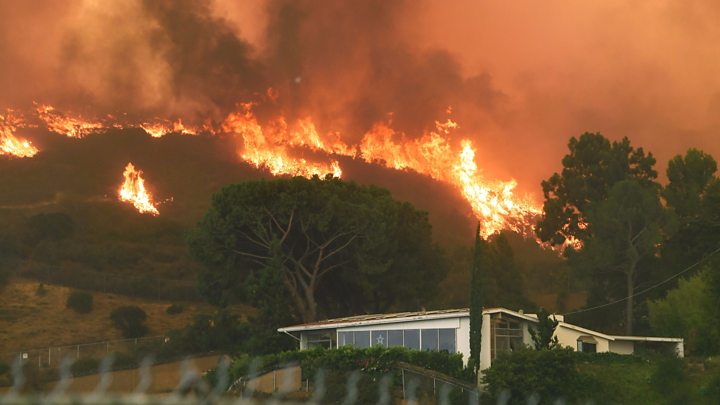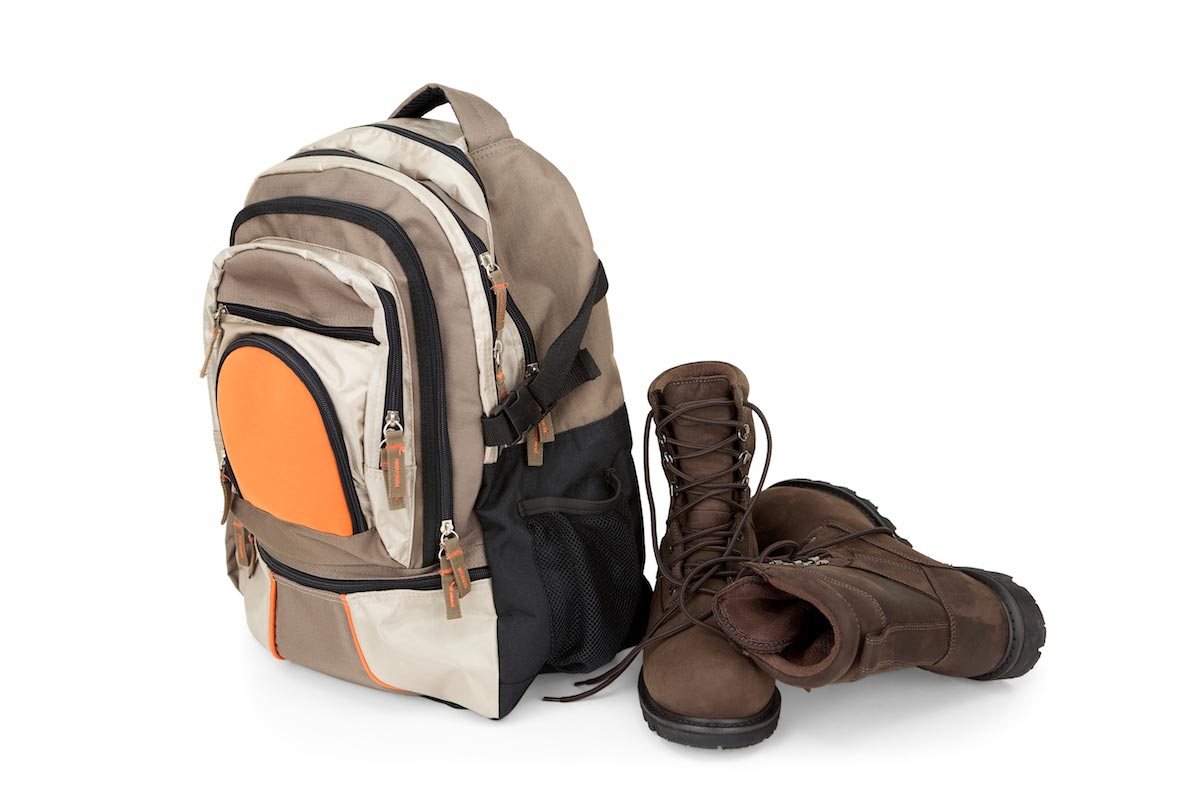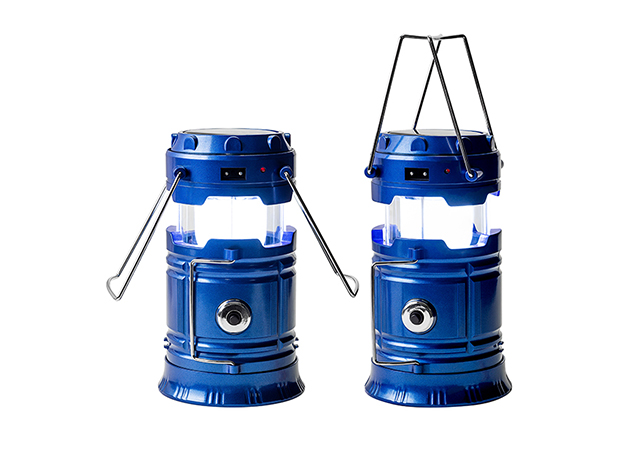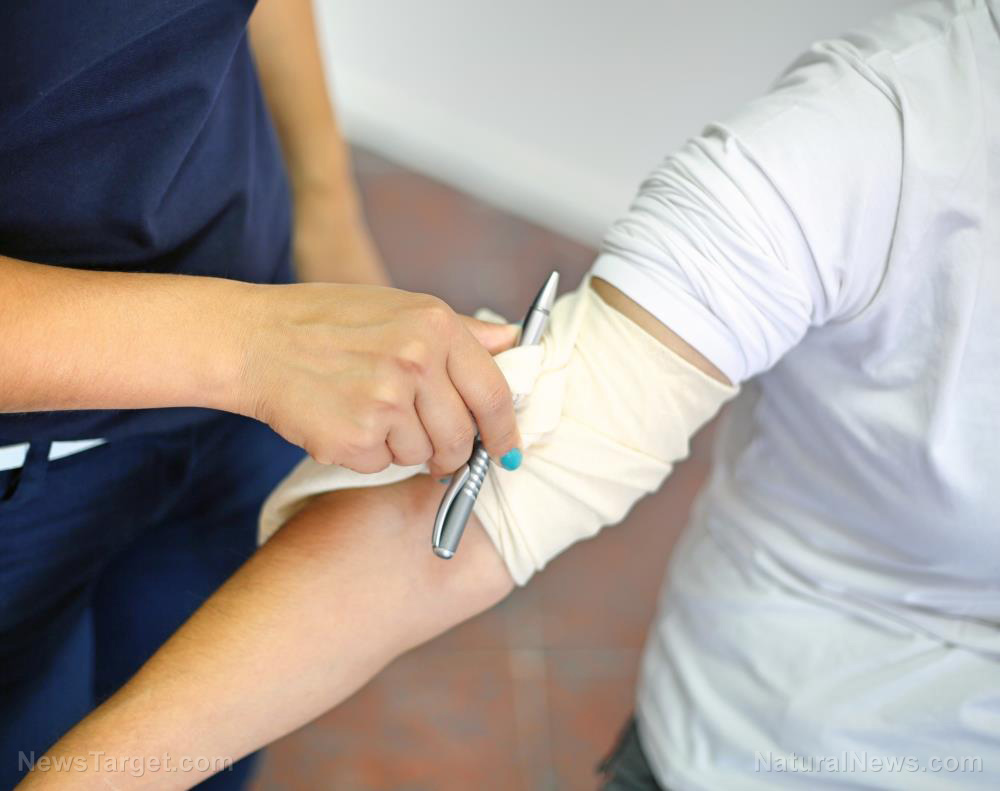Survival first aid: How to prevent and treat hypothermia when SHTF
10/13/2019 / By Edsel Cook

Hypothermia is a deadly condition that develops in cold temperatures. Preppers must know how to prevent it from happening in the first place – and how to treat it.
When a person’s core body temperature drops below 95 F (35 C), he undergoes hypothermia. Dehydration and starvation increase the risk of the condition.
During the early stage of hypothermia, the victim starts shivering. The body tries to increase the external temperature of the skin by sending central blood flow there.
In later stages, this cooled blood returns to the core body. The temperature of the brain, heart, and lungs plummet.
Physical symptoms include mental derangement and poor coordination. Hypothermic people experience confusion, think slowly, and fail to make clear and reasonable choices.
Eventually, victims will lose the ability to realize they are hypothermic. They also become unable to perform physical tasks.
First aid intervention for stage I hypothermia consists of increasing the body temperature of the patient. If the victim is unconscious and in the moderate or late stages of the condition, do not perform CPR.
Hypothermia causes metabolic changes at the cellular level, and the heart is sensitive. Instead, support the respiration of the patient and evacuate him immediately. (Related: First aid tips for preppers: How to treat common injuries when SHTF.)
How to treat hypothermia cases off-grid
In the wilderness, hypothermia first aid seeks to prevent further loss of heat by the victim. Further, it works to raise the patient’s body temperature.
Hypothermia often takes place when the victim falls in icy water. Extricate him with care and move him only as necessary.
Avoid massaging heat back into his body. Sudden movements may cause a heart attack.
Transfer the patient to the driest and the warmest area nearby. Try to shield him from the cold and wind as much as possible.
Next, remove all of the victim’s wet clothing. If a sharp tool is available, use it to cut away the clothes, thereby reducing the need to move the person.
Separate the person from the air and the ground. Use as many blankets and pieces of clothing as possible.
Cover the entire head of the person except for his face. Leave enough room for him to breathe without impediment.
Tips to help keep a hypothermic patient warm
In case the person remains awake, try to get him to drink something warm. Do not try this if the victim may accidentally choke or inhale the fluid.
If sugar is available, add it to the drink. However, avoid any alcohol or caffeine. Alcohol reduces the body temperature while caffeine increases the heart rate.
If a hot water bottle or a similar warm item is at hand, place it upon the torso or neck of the patient. Do not apply heat to the limbs.
Heating the limbs will force cold blood toward the brain, heart, and lungs. When that happens, the core body temperature will go down again, and the victim may die.
In case safely heating the patient is possible, make sure that his skin is not in direct contact with the heat source. The gap in temperature may harm the skin or cause an irregular heartbeat.
How to rewarm a patient with hypothermia
To safely rewarm a hypothermic person, place hot water bottles or heated damp clothing on his head, neck, trunk, and groin. Rotate them occasionally to prevent damaging the skin.
A bath of warm liquid may be used instead. Submerge the patient’s trunk while keeping his arms and legs out of the water.
Heat sources must not exceed 115 F (46 C.) Further, take all the time in the world to rewarm the patient.
Learn more survival skills that may benefit you and your family at BugOut.news.
Sources include:
Tagged Under: bug out, emergency medicine, first aid, how-to, hypothermia, off grid, off grid first aid, outdoors, prepper, prepping, SHTF, survival, survival skills, winter survival skills
RECENT NEWS & ARTICLES
SHTF.News is a fact-based public education website published by SHTF News Features, LLC.
All content copyright © 2018 by SHTF News Features, LLC.
Contact Us with Tips or Corrections
All trademarks, registered trademarks and servicemarks mentioned on this site are the property of their respective owners.

















